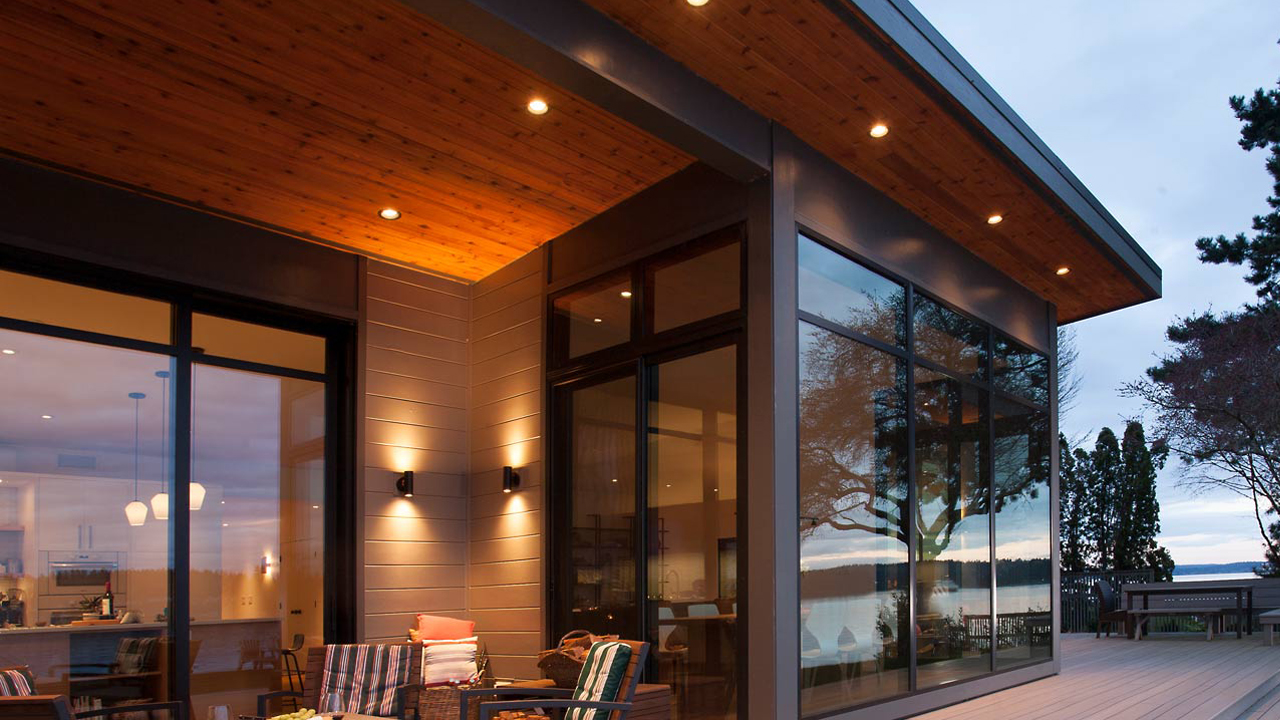Office al fresco or simply a COVID-safe space to relax and commune with family and friends — many Americans are devoting time and financial resources to creating an outdoor living experience in their own backyards. Driven in part by the COVID-19 pandemic and the need for social distancing, many homeowners are using the disposable income they previously devoted to dining, entertainment and travel, along with the time saved from not commuting, to make improvements to their backyards, with a specific emphasis on decks.
To ensure you get the deck of your dreams, you need to make several important decisions prior to starting a project. In order of importance, they include, but may not be limited to, the following:
1. Choose your decking surfacing material.
Wood or composite decking? Both materials have merit. Wood decking has a completely natural look, sequesters carbon, can be milled to a desired thickness and width (for an additional milling fee) and stained with the color of your choice, has a general life span of 15-25 years (for both the framing and deck surface) depending on species and your dedication to maintenance, and comes with the builder’s warranty (generally one year) and no technical support or installation instructions from the wood manufacturer (important if you are DIYing it).
Composite decking has very low maintenance requirements (no pressure washing, no sanding, no resealing and no splinters — most are maintained with a solution of dish soap and water). The aesthetics have improved immensely over the years, especially with the development of concealed fasteners. Boards are made of 50-90 percent recycled materials, have a life span of 25-50 years with warranties of equal duration and come with available technical support, as well as a list of certified contractors and specialty deck builders in the resource section of the manufacturer’s website.
Along with the selection of the deck surface material, it’s important to understand your options and the associated material and labor costs of the different deck surface fasteners — exposed face screw (not very attractive), Cortex face screws with plugs made of matching material (slightly labor intensive), biscuiting (very labor intensive) and concealed clips (low labor requirement and high durability).


